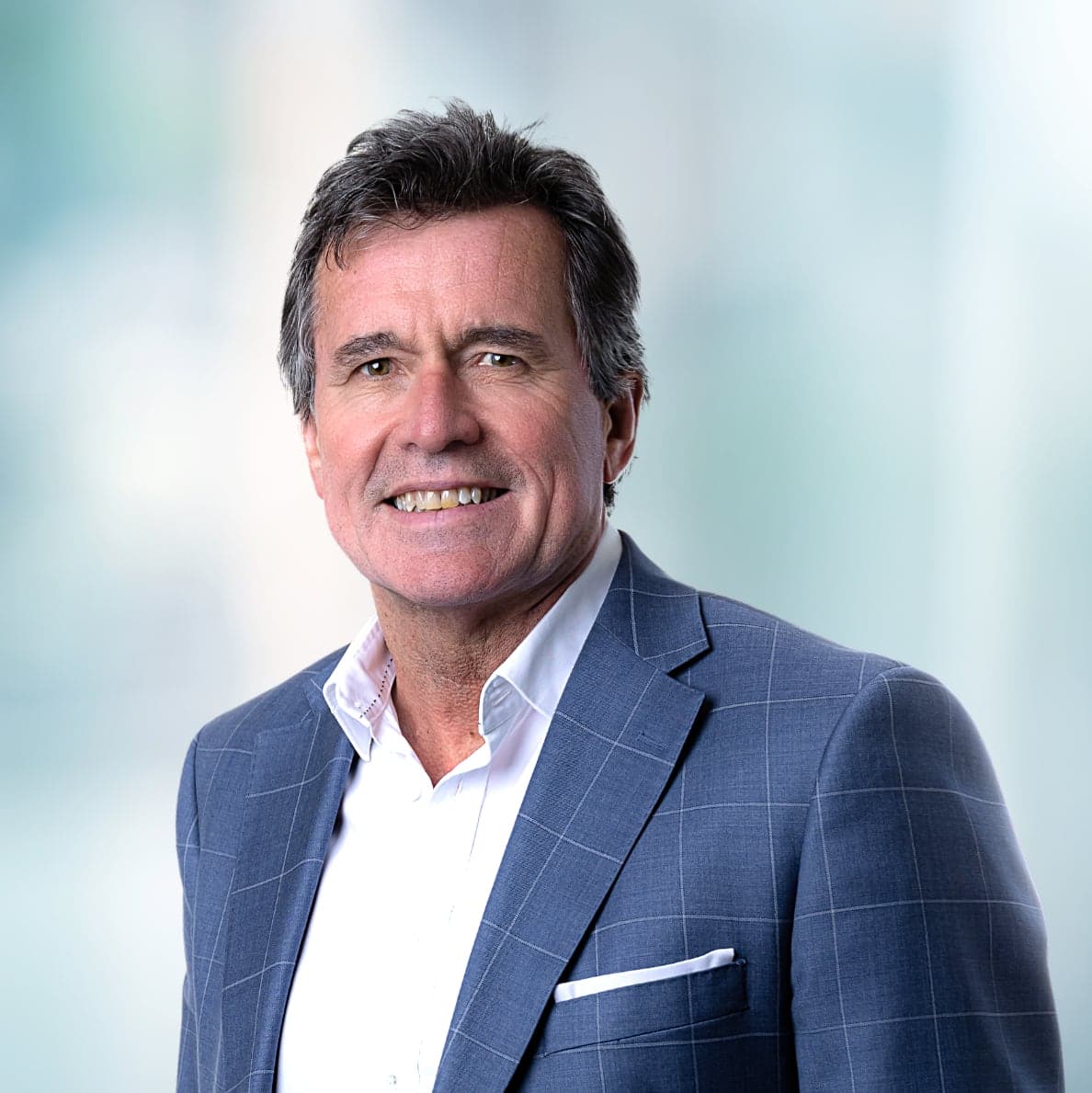ACL reconstruction is usually performed as an arthroscopic procedure; this is minimally invasive surgery, allowing for smaller incisions to be used which means less scarring, less post-operative pain, and faster rehabilitation compared with open surgery. It involves making tunnels in the femur and tibia to allow passage of the graft material in order to reconstruct the torn ACL. The graft is then fixed to both the femur and tibia with a range of screws or buttons.
Graft Choice in ACL reconstruction
Numerous graft options exist for ACL reconstruction. Each case is unique, and the preferred graft choice will be discussed with you prior to surgery. Grafts can be obtained from another part of your body (autograft), from donor tissue (allograft) or using synthetic grafts (commonly LARS). Autograft, a graft obtained from using some of your own tissue from another area of your body, the most common method of ACL reconstruction currently used.
Hamstring Graft – hamstring graft ACL reconstructions are the most common type of ACL reconstruction performed around the world today. In this method, one or two of your hamstring tendons (usually semitendinosus and/or gracilis) are harvested from your leg and fashioned in to an ACL graft using stitches. This method of ACL reconstruction has become very popular due to the availability of the tendon, and the low rate of complication with hamstring harvest post operatively. Still, occasionally some patients can get some pain in the back of the thigh post operatively and it is important not to be too aggressive with hamstring exercises in the early post-operative period. The tendons from where the graft was harvested do heal, and result in minimal weakness.
Patella Tendon Graft – patella tendon ACL reconstruction was one of the first grafts used in which successful ACL reconstruction was achieved. It is still used today, and there are times when your surgeon may prefer the use of patella tendon graft over other types of graft. In this procedure, the middle third of the patella tendon is harvested from the front of the knee. The remaining tendon is left intact, and power and function from the tendon is only minimally reduced. Historically harvesting this graft has been more painful than harvesting other types of graft, although with current techniques we find patients are much more comfortable and tolerate the procedure very well.
Quads Tendon Graft – quads tendon graft has been around for a long time, although of late it has gained a resurgence in popularity. The graft is harvested by a small incision over the front of the knee at the top of the knee cap. Part of the quads tendon is harvested, and then fashioned in to an ACL graft using stitches. This procedure has become popular of late as it is associated with less pain and the ability to obtain good quality graft.
Allografts – Allograft is a technique whereby the graft is obtained from donated tissue. This is very similar to the way in which bone graft is used from donated tissue or a blood donation is given to patients who require blood products. In this situation there are various types of graft materials that can be used depending on the requirements for your case. All allograft material is stringently tested and approved for use in surgical situations. If this procedure has been recommended to you, your surgeon will discuss these details further with you.
Synthetic – The most common type of synthetic tissue used in ACL reconstruction is the LARS Graft (Ligament Augmentation Reconstruction S). The advantages of using this graft is that no tissue from your body or donor tissue is required, and the synthetic material is very stiff and strong. Sometimes, synthetic ligaments may be blended with a more traditional graft (eg hamstring graft) to try to take advantages of each of the materials properties. The use of LARS as a graft on its own does have some controversies to it, and gains a lot of attention in the media. To get more of an understanding of the facts surround the use of LARS, please be sure to ask your surgeon about its use.
Day of Surgery
You will be admitted on the day of surgery. You will be contacted with the admission time and fasting details.
Post Operative Care
Inpatient Stay
Most patients are discharged from hospital after an overnight stay. During your inpatient stay, the focus will be on keeping you comfortable, and commencing the first phases of rehabilitation. You will be seen post-operatively by myself, the physiotherapists and nursing staff who all have a role in your care.
Days following
The priorities after ACL reconstruction are:
- Swelling reduction and management
- Ice, compression and elevation
- Regaining range of motion
- Muscle activity and strengthening
- Safe mobilisation (crutches)
First 2 weeks
Crutches
Usually 5-14 days. Once comfortable, you can progressively increase the amount of weight you put through your operated leg.
Swelling
Ice your knee as much as possible, for 20 minutes every hour or two with your leg elevated above your body.
Range of motion and full extension: regaining full extension is something you need to work on post operatively. Aim to get your knee nearly flat on the table or bed, but do not push it in to hyperextension as this will stretch your graft. Do not sleep or rest with a rolled up towel or pillow under the knee as this will exacerbate the difficulty. Flexion will return more naturally, but the knee can feel stiff due to swelling and pain. Aim to have at least 60 degrees of flexion by the two week mark and at least 90 degrees by six weeks.
Bracing
You may or may not have a brace after surgery. It is primarily for pain relief and to aid when mobilising. You can come out of the brace whenever necessary, for periods of icing, showering and for the post-operative exercises.
Follow-up
Generally you will be reviewed in the rooms approximately 2 weeks after surgery. If you are unsure of your follow-up appointment, please call us.
2-6 weeks
Essentially you will continue with the same exercises as the first two weeks. Continue to ice the knee regularly and elevate to help with residual swelling. Aim to re-establish a normal walking cycle. It is important to allow this time for the graft to heal, as being too aggressive with your rehab in the early stages can lead to graft stretching.
6-12 weeks
It is recommended that you see a Physiotherapist who has experience in rehabilitating ACL reconstructions. If all is going well, physiotherapy commences at approximately a month or six weeks after surgery. Some people may wish to visit their Physiotherapist earlier to revisit their exercises, although it is important not to jump further ahead in the rehab program until the graft has healed well. After six weeks, exercise bike and some light swimming can begin.
3 months plus
Riding and exercises will start to get harder at this time. Generally I would aim for straight line running/jogging at the four month mark, which will then progress to learning to corner and run in S or 8 shapes until progressing to tighter turning. During this time you will begin to recover more strength in your leg.
Return to Play
Each sport is specific, and we will discuss your expected return to play prior to surgery. In general, return to pivoting type sports is anticipated between 9-12 months post-operatively.
Wound Care
If the dressings remain dry there is no need to replace them, and at the two week post-op check they will be removed and the wounds checked. However, if a dressing does become wet or need replacing, simply remove it and replace with a new one.
Pain Relief
In general, regular paracetamol and an anti-inflammatory (if tolerated) are the mainstays of pain relief. You will be given some stronger medications which can be helpful in the early post-operative phases, but these can be phased out as your comfort level increases.
Driving
You can return to driving when you are walking comfortably, unaided and have regained good control of your knee. In general for a right leg (and an automatic car), this is between 3-4 weeks. If you have had a left knee reconstruction, this might be earlier.
Return to Work
No matter what you do for work it is advised to take at least the first two weeks after surgery off so you can rest, elevate your leg and get comfortable. It is feasible to return to lighter duties after the two week post-op check, although it is important to remember that with more mobilisation and less elevation you will get more swelling and then more discomfort. For those doing heavy work, return to work can be between 6 and 12 weeks depending on the intensity.
Problems
Donor site pain
Depending on whether you have had a hamstring or patella tendon graft you may experience some donor site pain. This is common, and will generally settle in the first 2-4 weeks.
Infection
Superficial infection is not very common but can happen. It usually presents as redness and increased pain around the wound, and generally resolves with a short course of antibiotics.
Deep infection
Deep knee infection is rare. However, if it does happen you will need admission to hospital, with washing out of the knee and high dose intravenous antibiotics commenced immediately. It usually presents between 5-10 days post-operatively, with increased pain (rather than the general improvement in pain levels), increased swelling and marked decrease in your range of movement.
If you are concerned about an infection, please contact the rooms as soon as possible. During business hours the best point of contact is to call. After hours, please contact the hospital where you had your surgery, and ask them to get in touch with your surgeon. Failing this, present to your local emergency department.
Loss of Extension
Regaining extension in the post operative period is a focus. On rare occasions your knee tightens up due to a generalised scarring reaction. This is usually temporary, and your knee will eventually return to normal. All reconstructed knees loosen with time. Although we focus on your range of motion early, it is important not to push it too far. As your knee will stretch out slightly with time, it is sometimes a better scenario to start with a slightly tight knee that returns to normal over time rather than a reconstructed knee that regains all of its range of motion within the first two weeks.
Numbness
It is not uncommon to get some numbness near incisions. This is usually noticed post operatively, but usually settles and gets smaller.
Foot and Ankle Swelling
This is normal to an extent, and generally reflects the effects of gravity on the swelling around your knee. If you get excessive foot and ankle swelling, remove your tubi-grip bandage, elevate your leg above your body and ice your knee.
Re-Injury
This is unusual in the early post-operative period. However, accidents happen, and if you are concerned your knee should be checked. Please contact the rooms if you have any concerns and we can organise a review.










